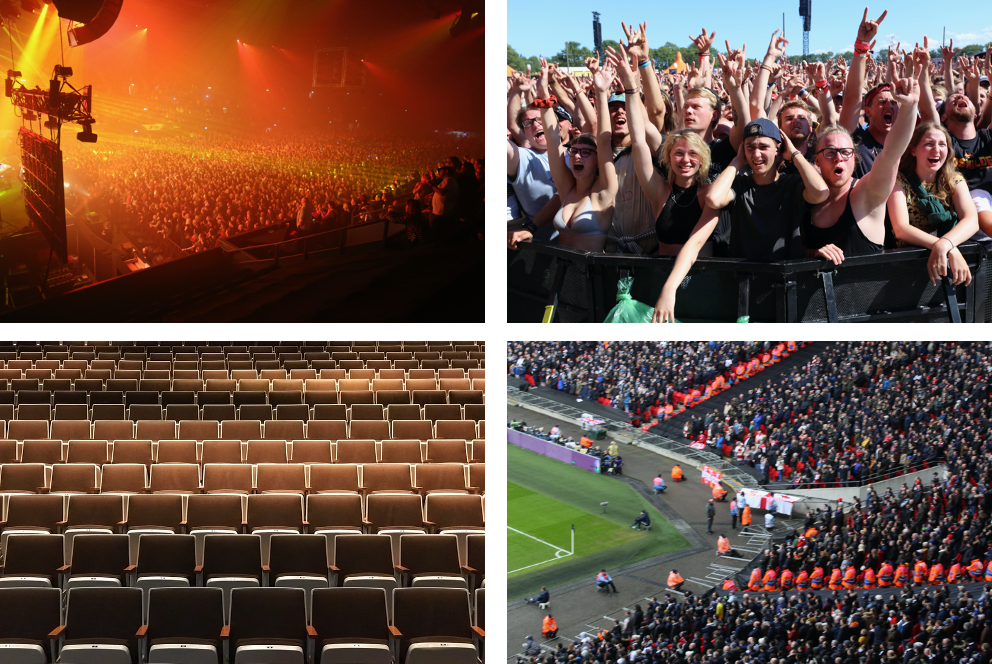
The Onset of Covid-19
With the onset of the Covid-19 virus, we all had the chance to reappraise the fundamentals of crowded space. Covid-19 has given us the time to reassess and restart our mindset.
We took the time to breathe and reset many of the challenges that were worrying us around the delivery of events in spaces which were often not particularly safe, in a time scale not conducive to customer care, where movement was not effectively managed and where our perceptions of what the audience wanted was at times in some sectors particularly poor.
As the virus progressed and staff were either laid off, took on furlough roles or opted for better employment opportunities with more income and less unsociable hours, it became apparent that there were several crises looming.
Looming Crisis
The first, was the reduction in contracted and subcontracted staff to fill the hours when events returned. The second, was the brain drain from the industry. The third, was a shrinking staff base when there was to be an inevitable growing of events to try to recoup two years of non-event income.
However, on the horizon was also another challenge boiling under the surface. What would happen when those cooped up for two years and starved of sport, live music and other events were released into a world – where they had two years to catch themselves up? This was always going to be a difficult challenge as the elements of culture, historic milestones in Covid-19 including the rise of the BLM and right-wing agitators (these two are in no way related) and a breakout from a simmering youth culture that had lost two years of their burgeoning lives.
This was tricky challenge where not just one aspect was difficult to control but many others conspiring to cause disruption to events. As we worked with theatres, arenas, football stadia and other indoor and outdoor events to try to stabilise the challenges, none of us were totally prepared for what happened.
…reduction in contracted staff, brain drain and shrinking staff base
Professor Chris Kemp
Crowd Behaviour
The challenges at the Euros was our first insight, which on the face of it was again put down to football hooliganism. However a review of the CCTV by specialists working with MOM; related to the Capitol Hill riots in the US and other challenges across Europe; it showed that the behaviour observed was that of anarchists and the usually challenging hooligan elements were incensed by the whole divisive scenario unfolding.
Culture and behavioural change under the pressures of pseudo incarceration caused a push towards a sense of entitlement and also one of disbelief by those employed at events. The once well understood format of the show was being challenged by an audience that had always been “fairly easy” to manage, (exceptions noted); becoming an audience which (wilfully in the case of football) regressed back to the football specials of the 70’s – with their gangs and recreational drugs, where violence spilled back into the stadium.This at a time where bringing back standing is en-vogue.
They brought their own inherent culture to styles and typologies of theatre, dance and music; creating new avenues of exploration in venues, extending their enjoyment but slightly destabilising the initial run of shows.
Staff and management re-adjusted to the change quickly reasserting the order. The latter is easily manageable to the professionals in the venue industries as they have the tools and knowledge to deal with it. However, the former is worrying in a world recovering from Covid-19 and with Russia making war in Europe as it gives a focus for many to show their angst through a recreational activity.
About Mind Over Matter Consultancy
MOM’s imaginative and dynamic approach gives a refreshing perspective on a range of aspects including crowd management. Find out more about us here…https://www.momconsultancy.com/
